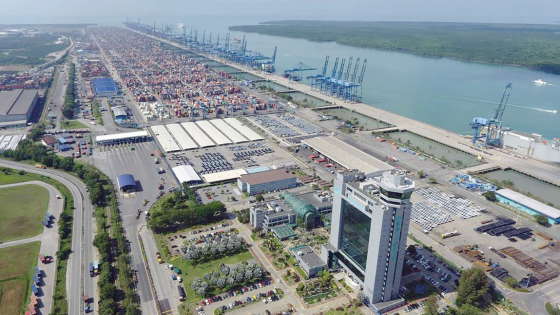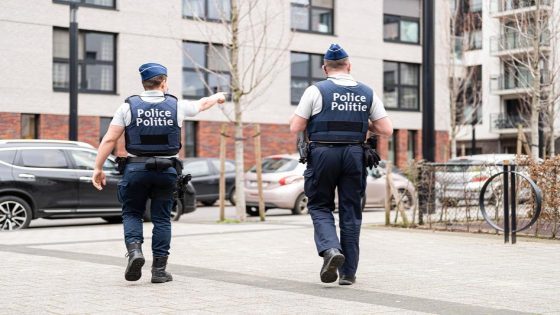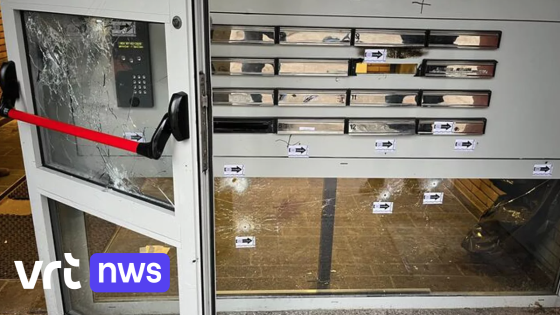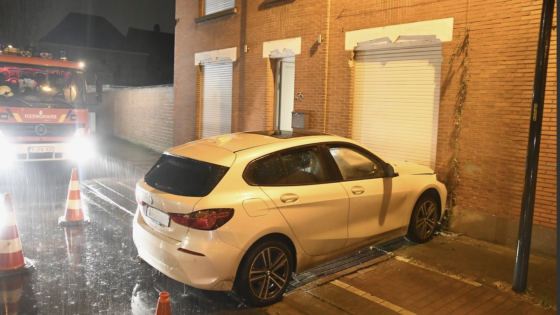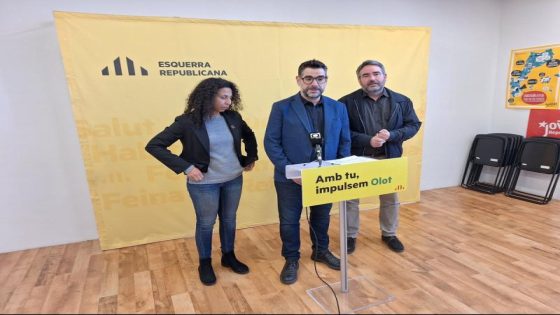Residents of Sloesveld and Tentrappen in Belgium are facing challenges due to changes in De Lijn’s bus schedule. As of February 26, 2025, students from these neighborhoods can no longer access direct bus services to Overijse for school. How can the community adapt to this transportation gap?
- Service changes affect bus access to center
- Students from Sloesveld and Tentrappen stranded
- Temporary shuttle buses implemented since April
- Municipality seeks cost-effective long-term solution
- Proposed idea: carpool meeting points
Hoeilaart Explores Cost-Effective Transportation Alternatives for Residents
How do you solve a public transport issue without breaking the bank? In Hoeilaart, officials are rethinking their approach after finding that shuttlebuses are too expensive for just ten daily users. This has led them to consider innovative solutions like designated carpool spots.
The Shift from Shuttle Buses to Carpooling: What It Means
This transition could reshape how residents travel within Hoeilaart. By introducing meeneemhaltes (carpool stops), locals can meet and share rides into the city center, fostering community connections while reducing costs.
The Benefits of Carpooling in Hoeilaart
Carpooling offers several advantages over traditional public transport methods:
- Cuts down on transportation costs for both riders and drivers.
- Encourages social interaction among residents.
- Reduces traffic congestion and environmental impact.
- Easily adaptable based on user needs and schedules.
Community Involvement: Making Carpooling Work
The success of this initiative depends heavily on community participation. Local leaders encourage residents to engage with one another through neighborhood apps or social media platforms dedicated to ride-sharing. How willing are you to connect with your neighbors?
The Future of Public Transport in Hoeilaart
This shift towards meeneemhaltes represents a broader trend in urban planning where communities prioritize sustainable transport solutions. As cities around the globe face similar challenges, Hoeilaart’s innovative approach could serve as a model for others facing budget constraints while trying to maintain essential services.





